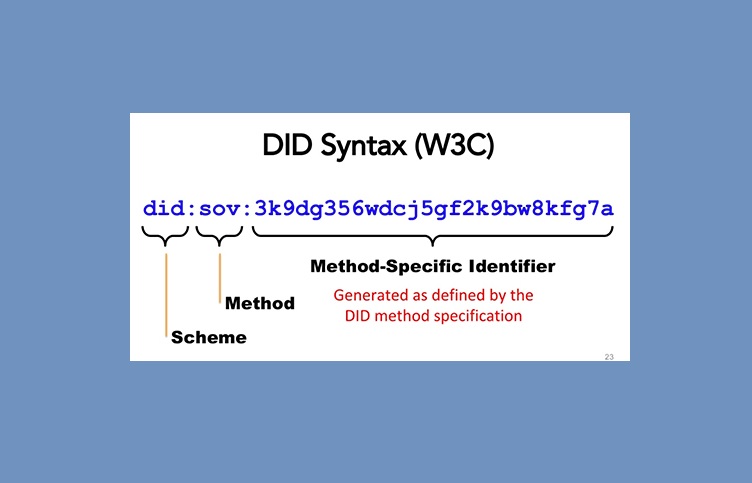The Decentralized Identifiers
Decentralized Identifiers have been added to the W3C’s list of web standards. It’s hard to oversee the significance of this decision in the history of the Internet.

Decentralized Identifiers (DIDs) 1.0 was approved as a W3C Recommendation by the World Wide Web Consortium (W3C) over opposition from Apple, Google, and Mozilla.
The objections of the three tech giants centered on concerns over how well the existing implementations of the proposed identifier syntax, data model, properties, representations, operations, and resolution functions demonstrate that DID core has met the requirements to have an identifier class where:
- there should be no central issuing agency;
- the identifier should be inherently persistent, not requiring the continued operation of an underlying organization;
- it should be possible to prove control of the identifier cryptographically;
- it should be possible to discover metadata about the identifier.
W3C dismissed these arguments in a published decision, and issued a requirement for advancing the specification’s status, notwithstanding the concerns. This decision represents a significant step toward bringing the benefits of digitally signed and encrypted data to everyone, regardless of location.
New cryptographically verified identities, known as DIDs, are the building blocks of decentralized identification. They allow peer-to-peer connections between any two parties without the need for a central registrar. As a result of this, data and conversation may be shared privately and securely between these two individuals without the possibility of other parties being able to observe or correlate it. With yesterday’s decision, the DID becomes the first identifier adopted as a standard by the W3C since the URL.
In terms of digital freedom, adding Decentralized Identifiers to the W3C’s list of web standards entails the following:
We will be able to communicate privately with anybody, using open standard protocols that do not require us to use the same app or service. This also means that lifetime private connections (for education, work, sports, etc.) will be possible without the need of any intermediate platform such as a social network. We will own and control these links, and no third party terms of service will apply to them.
With DIDs, each of us will be able to have a digital wallet independent of our devices, we will be able to communicate just the data we need to complete a particular digital transaction, such as making a phone call to a doctor’s office, and nothing else.
This move is also seen as a shift from Web2 to Web3, but the reality is much more complex. A DID-based peer-to-peer network will allow users to securely and privately transact between any two parties anywhere in the world, without the need for an intermediary platform, much like the Internet “set information free” by allowing us to connect any two devices anywhere in the world, peer-to-peer.
In a nutshell, DID is a key to digital independence because it allows individuals and businesses to take back control of their data and connections while also allowing them to utilize their digital assets on whatever platform or vendor they want.

Leave a Reply